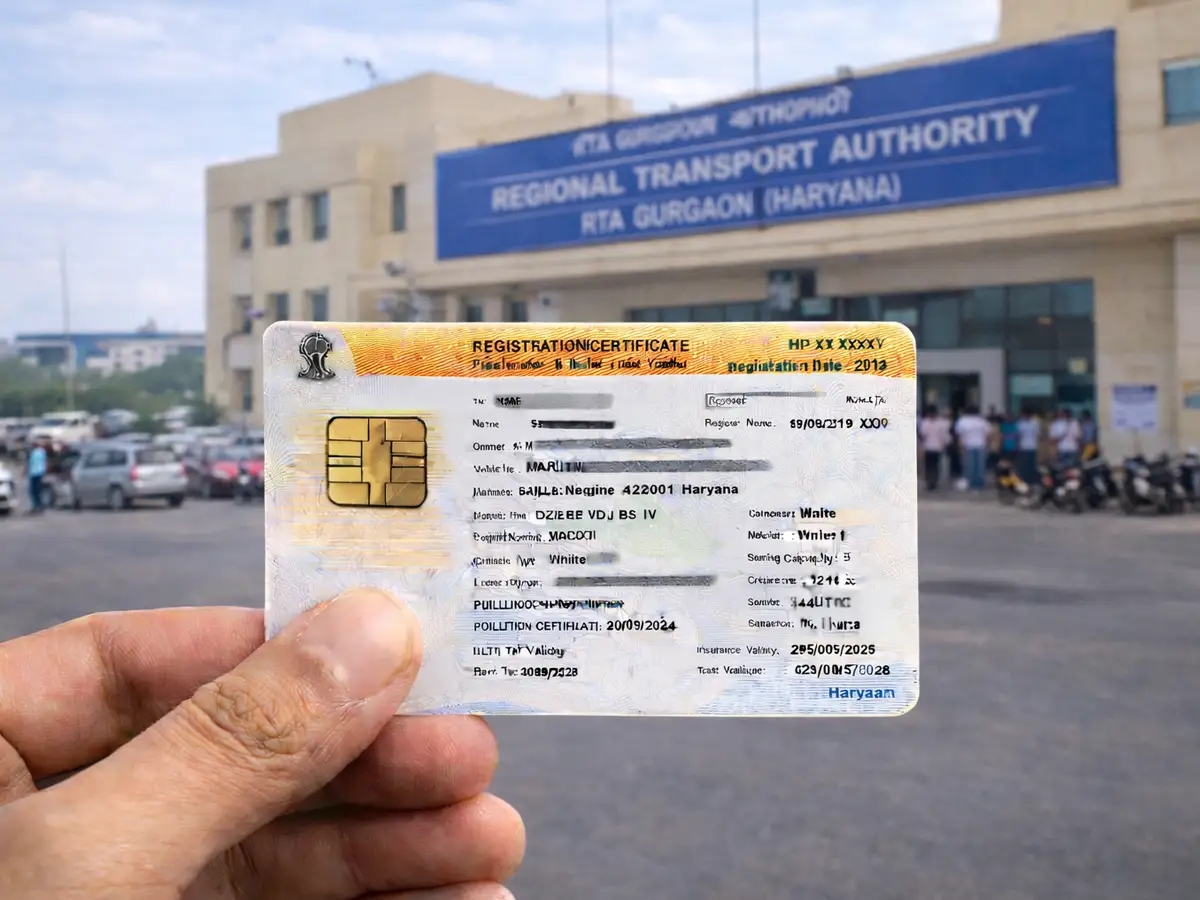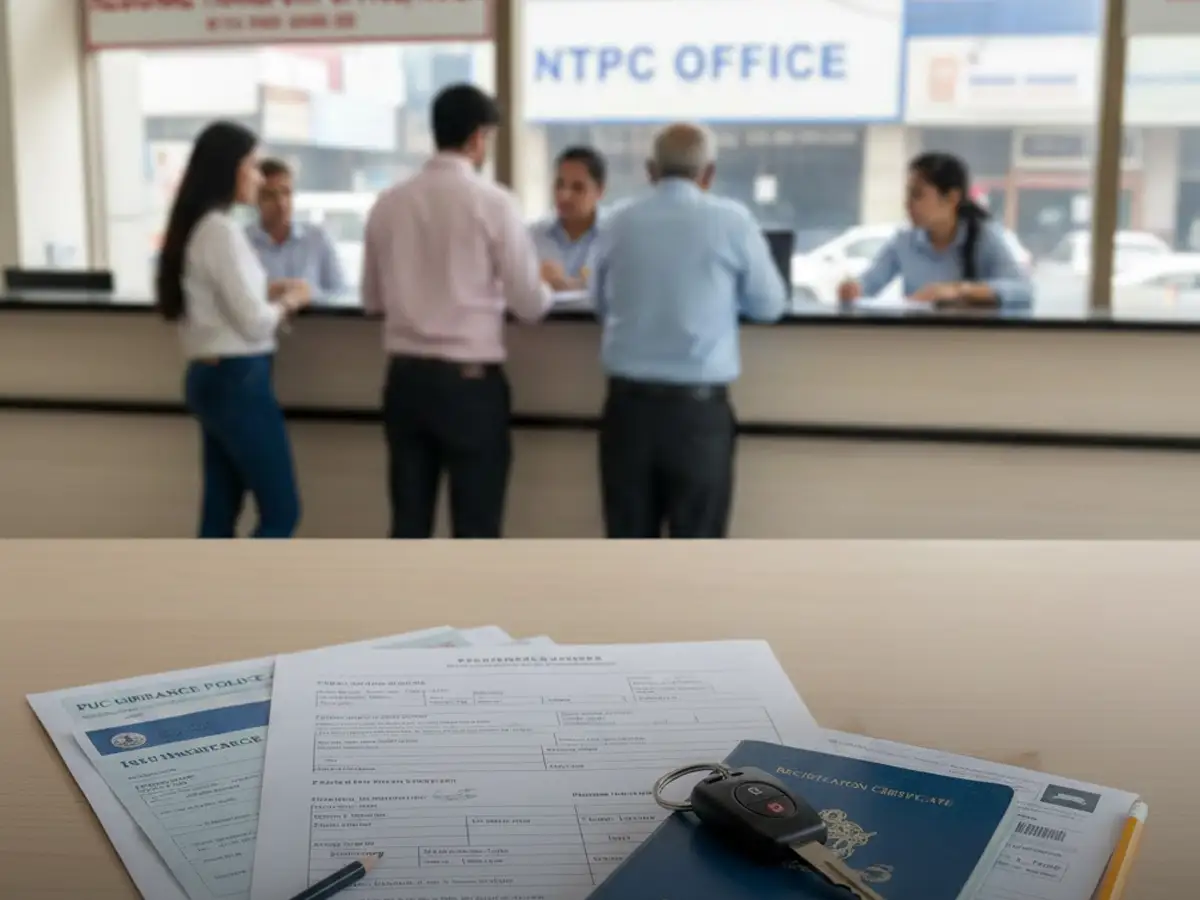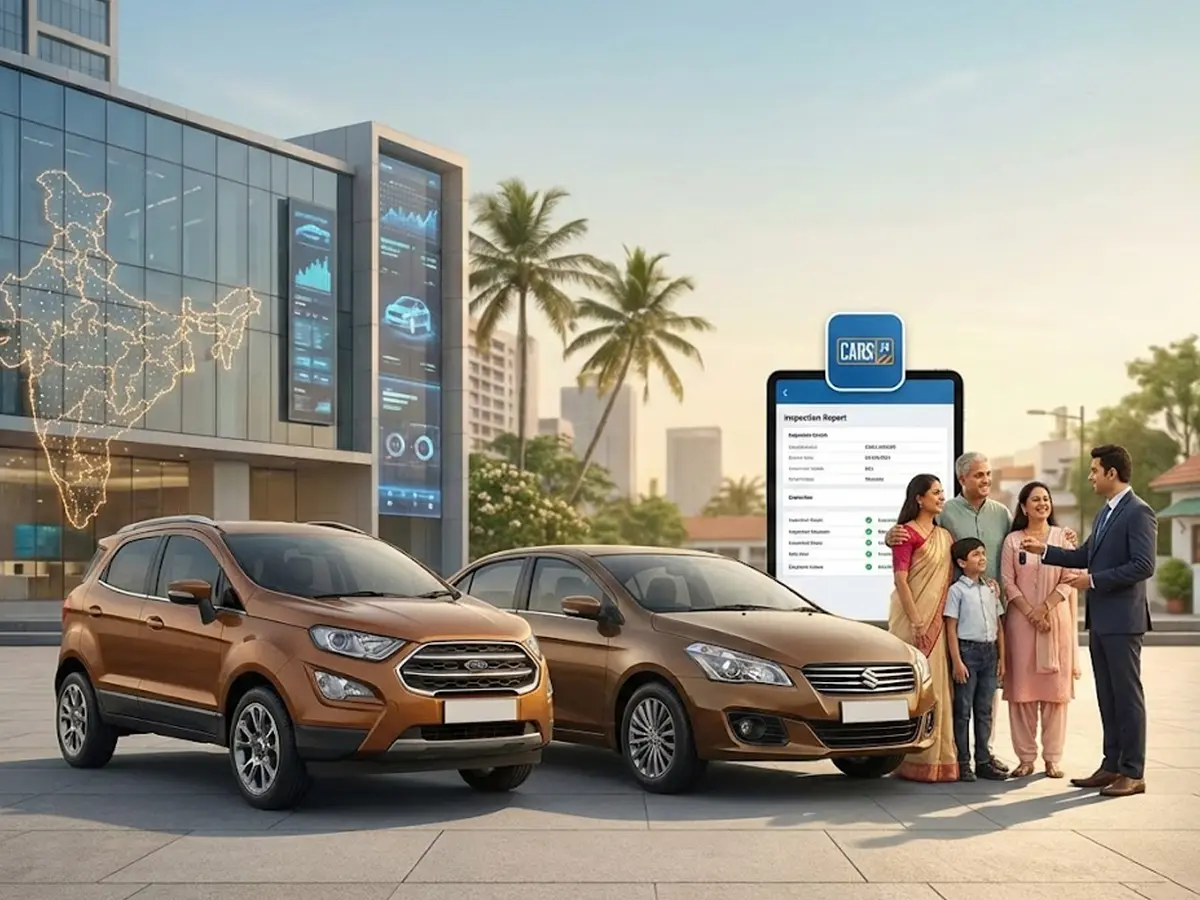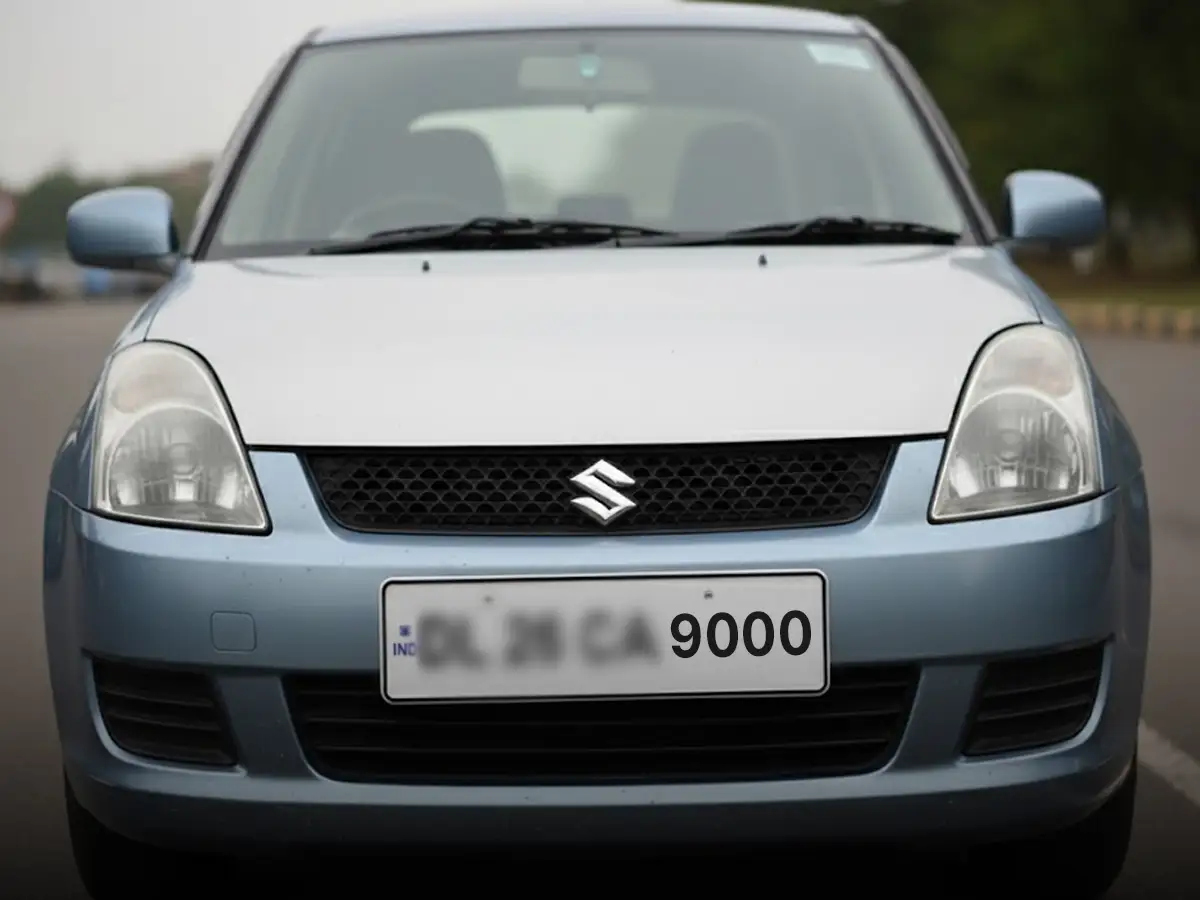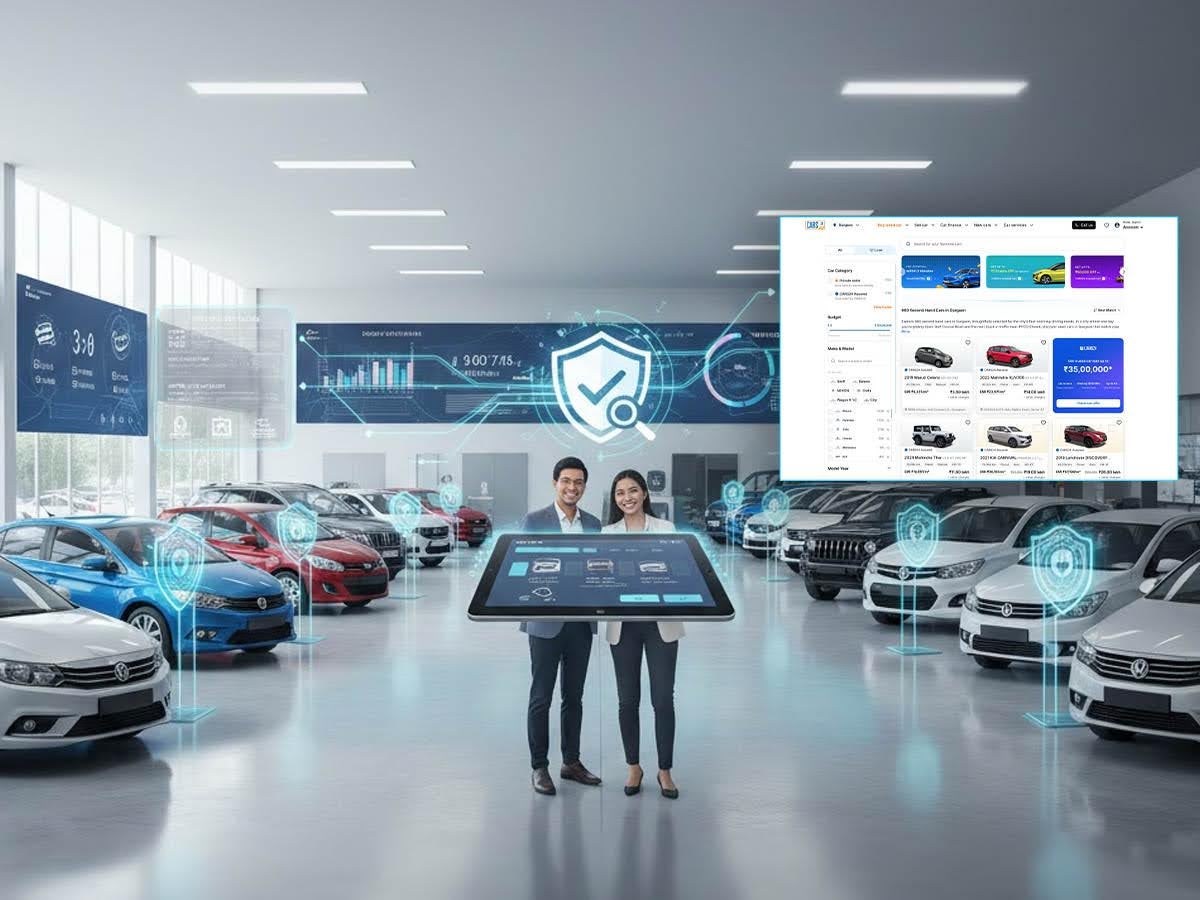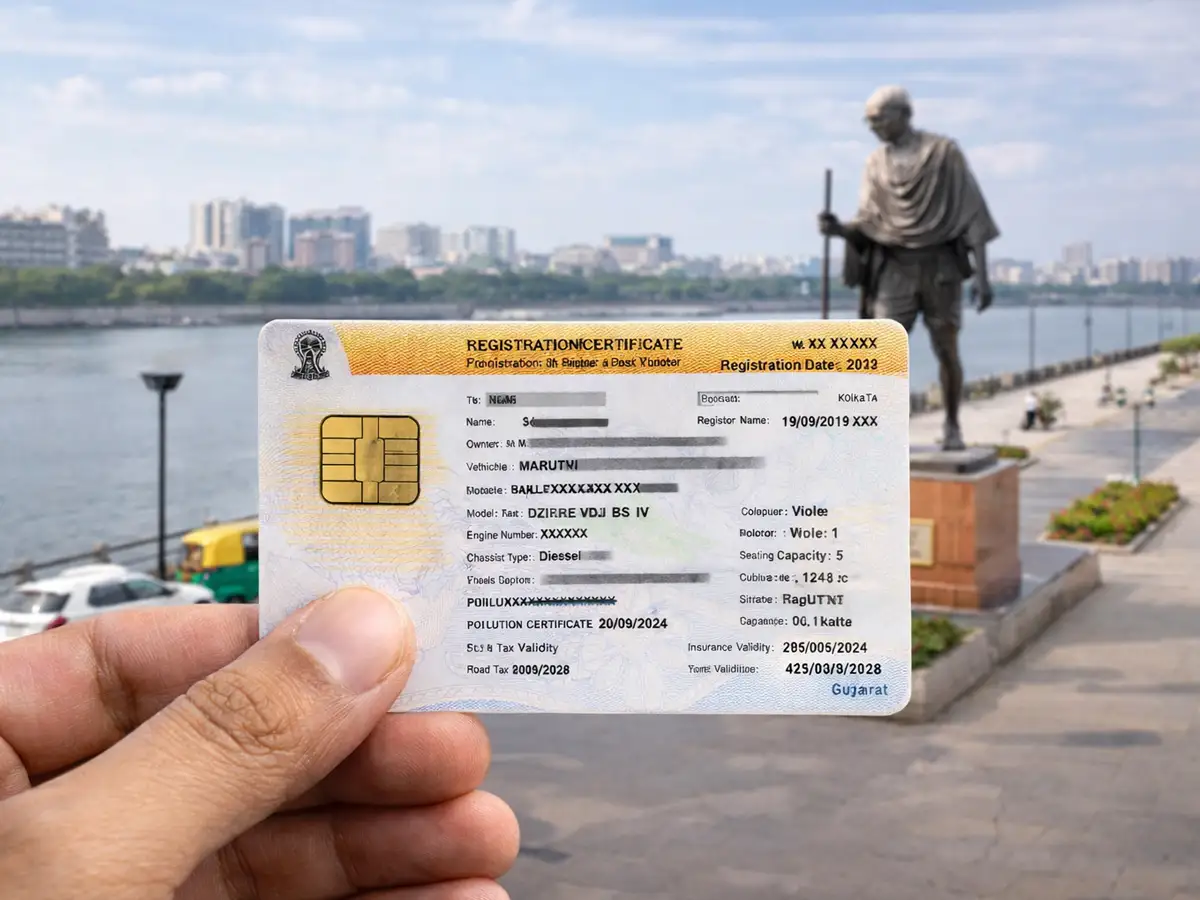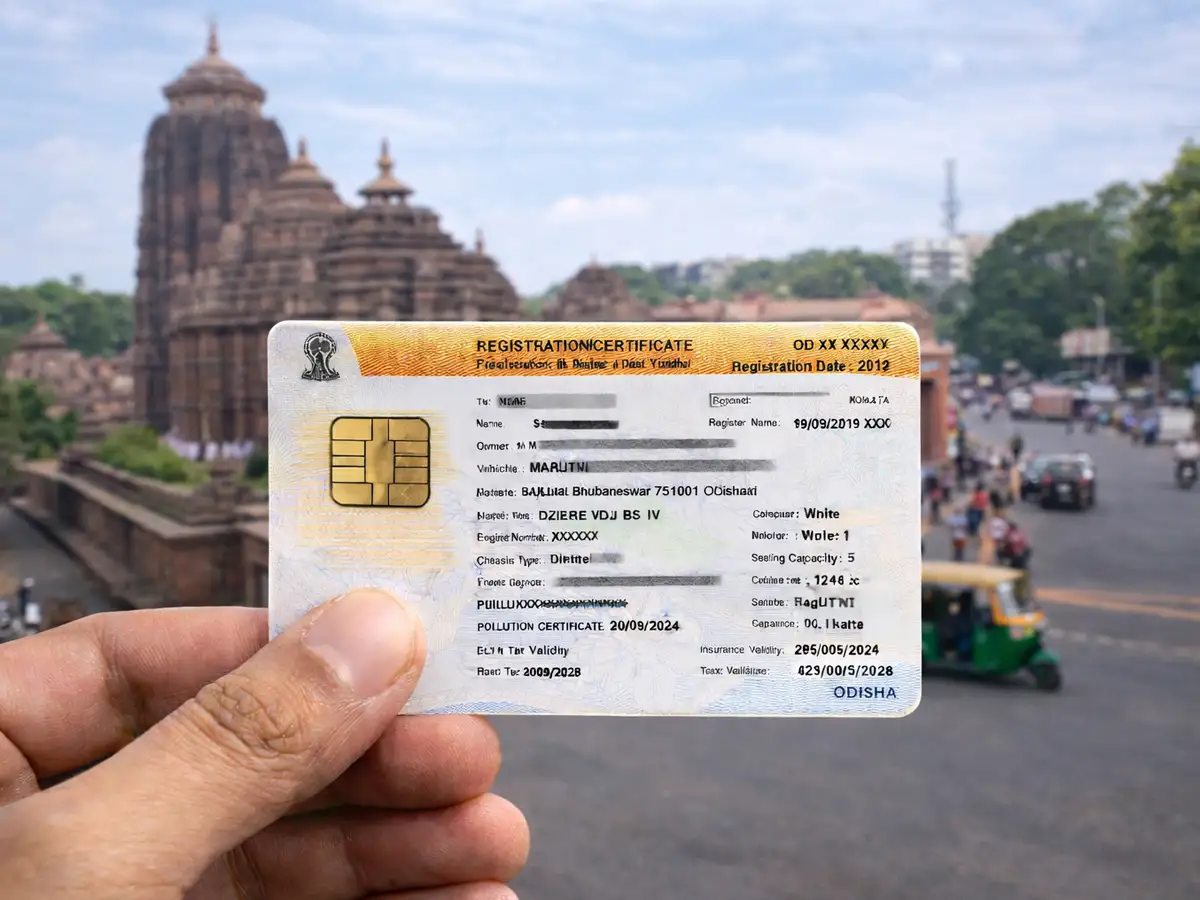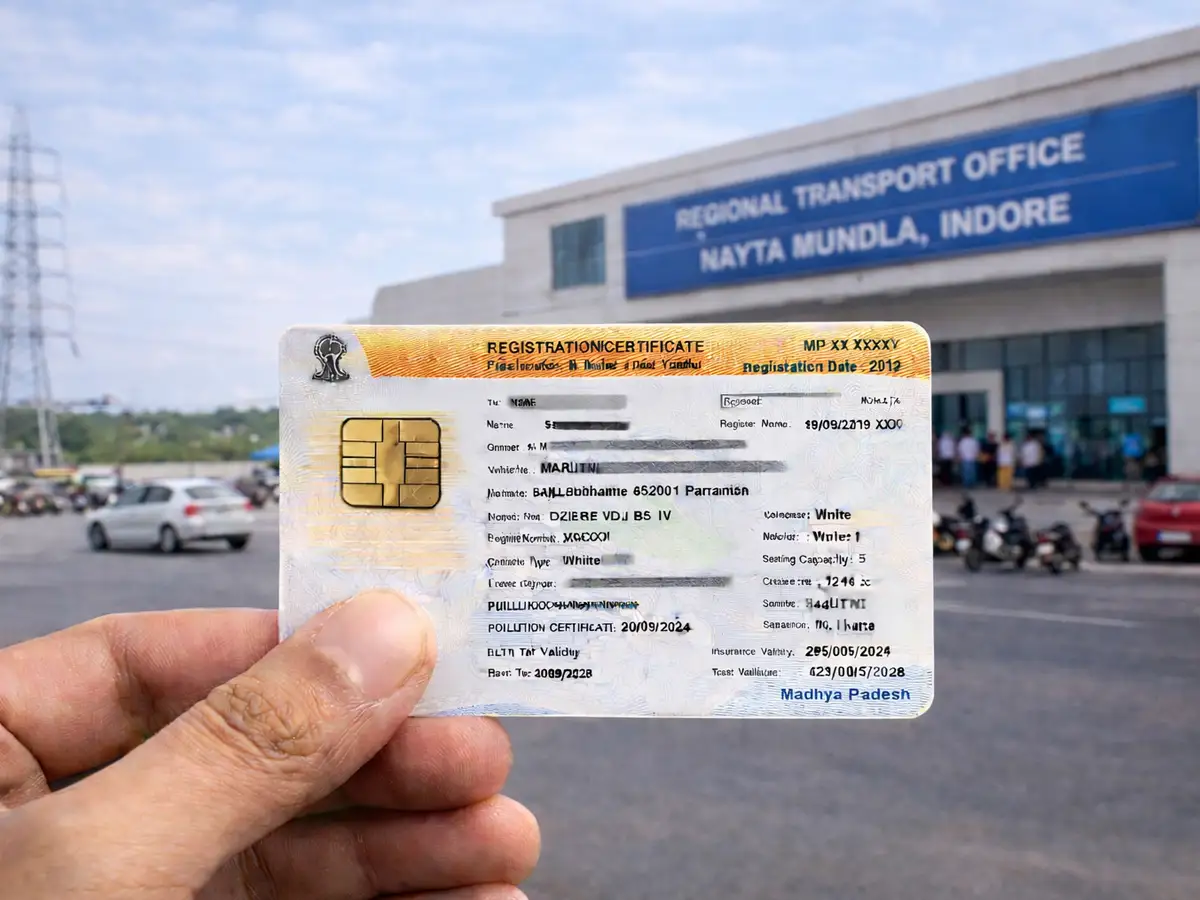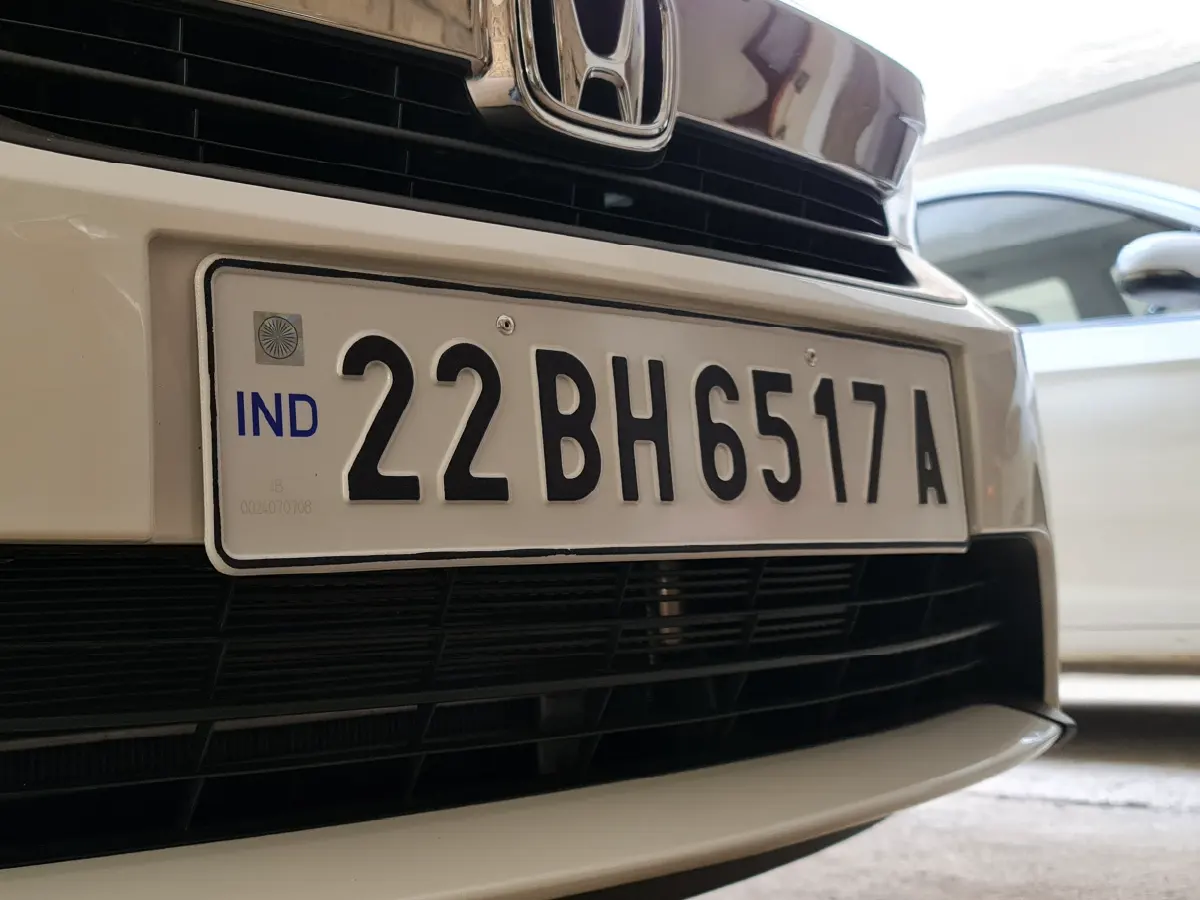

Your Ultimate Guide to Different Number Plates in India
- 1Number plates in India follow strict colour-coding and format rules
- 2HSRP is now mandatory for improved security and traceability
- 3Understanding your number plate can prevent legal hassles on the road
- The Basics of a Number Plate in India
- The Different Number Plates in India
- What is HSRP and Why is it Mandatory
- Private vs Commercial Number Plates in India
- Indian Number Plate Laws You Should Know
- Number Plate Rules for New Vehicles
- How to Get a Number Plate Online in India
- VIP and Fancy Number Plates in India
Every vehicle in India, from a humble scooter to a luxury SUV, needs a number plate. It might just look like a random mix of letters and numbers, but your number plate does a lot of heavy lifting, from legal identification to ensuring traceability during law enforcement activities. It’s more than just a plate; it’s a unique identity tied directly to your car registration.
Most people don’t realise how vital a number plate really is until there’s a problem, like getting fined for the wrong colour, or having trouble selling a vehicle due to mismatched records. This article simplifies everything you need to know about number plates in India, from types and formats to laws and new technologies like HSRP.
The Basics of a Number Plate in India
A number plate is a government-issued identification for your vehicle, which links it to your car registration. Without it, your vehicle is considered illegal on public roads. It includes a unique alphanumeric code in the format: State Code – RTO Code – Unique Serial Number (e.g., MH 01 AB 1234).
The first two letters indicate the state or union territory, the next two numbers represent the registering RTO in that particular state or union territory, and the final four are the vehicle’s unique identifier. This system ensures no two vehicles in the country have the same number plate. The plate itself must follow government regulations for size, colour, font, and material.
The Different Number Plates in India
India uses colour-coded number plates to differentiate the purpose and ownership type of vehicles. Here's a table summarising the different types.
| Plate Colour | Font Colour | Vehicle Type |
| White | Black | Private vehicles (personal use) |
| Yellow | Black | Commercial transport vehicles |
| Green | White/Yellow | Electric vehicles (private/commercial) |
| Black | Yellow | Rental/self-drive vehicles |
| Blue | White | Foreign embassy or consulate vehicles |
| Red | White | Temporary registration |
| Military format | Varies | Defence and military vehicles |

White Number Plate
This is the most common number plate on Indian roads. A white background with black font is assigned to privately owned vehicles that are used for personal purposes only. You cannot legally use this vehicle for commercial activities like transporting goods or passengers. Any misuse of a white number plate can lead to penalties under the Motor Vehicles Act.
Yellow Number Plate
Yellow number plates with black font are used for commercial vehicles. This includes trucks, taxis, autos, and buses. These vehicles require commercial driving licenses, higher insurance premiums, and road tax. The yellow colour helps law enforcement immediately identify the vehicle's purpose.
Green Number Plate
Green number plates are designated for electric vehicles (EVs). A white font is used for private EVs, while a yellow font signifies commercial EVs like e-rickshaws or e-buses. These plates are part of India's push toward eco-friendly mobility, helping authorities track the growth of EV adoption in real time.
Black Number Plate
A black number plate with yellow letters typically appears on self-driving rental vehicles offered by services like Zoomcar or Revv. These are legally allowed to be driven by individuals without a commercial driving license, as long as the usage is within rental terms. It's a middle ground between private and commercial classification.
Blue Number Plate
These are reserved for vehicles used by foreign diplomats, embassies, and consular staff. The number includes an abbreviation like "CC" (Consular Corps), "UN," or the respective country code. These number plates are easily distinguishable and often enjoy diplomatic immunity.
Red Number Plate
Red number plates with white text indicate temporary registration, typically valid for up to 30 days. These are provided by dealers when a new car is purchased and are valid only until permanent car registration is completed. Driving with an expired red plate can attract hefty fines.
Military Number Plate
Vehicles operated by the Indian Armed Forces follow a unique format featuring a broad arrow mark and numbers that reflect regiment details and year of acquisition. These number plates are managed by the Ministry of Defence and are not subject to the civilian RTO system.
What is HSRP and Why is it Mandatory
The High Security Registration Plate (HSRP) is a tamper-proof aluminium plate embedded with several security features, including:
- A chromium-based hologram
- A unique laser-etched 10-digit PIN
- Hot-stamped lettering
Snap locks that prevent removal without visible damage
HSRPs are now mandatory across India for all vehicles, old or new. These plates reduce the chances of theft, cloning, and tampering. Authorities can easily scan the plates to access car registration records. If you still have an old-style plate, you're expected to replace it with an HSRP. Failure to do so can result in fines ranging from ₹500 to ₹5000, depending on the state.
Private vs Commercial Number Plates in India
The main distinction between private and commercial number plates lies in how the vehicle is used. This affects taxes, insurance, and legal requirements. Here's a quick breakdown:
- Private Vehicles: White plates with black letters. Used only for personal, non-commercial activities. These come with lower insurance premiums and road taxes.
Commercial Vehicles: Yellow or green plates (for EVs) with black or yellow fonts. Require special permits, fitness certificates, and higher insurance coverage. Commercial use of a vehicle with a private plate is illegal and could attract severe penalties.
The category you fall into not only impacts how you drive but also how your car registration is treated in the official records.
Indian Number Plate Laws You Should Know
Number plates are governed by clear legal rules in India. Knowing these laws can save you from fines, failed car registrations, or even court cases. Here are key legal points:
- Fonts must be simple, legible, and in English
- Decorative fonts, symbols, or slogans are strictly prohibited
- Number plates must match the car registration certificate details
- Front and rear number plates are mandatory
Illegible or tampered plates are considered punishable offences
Violating these rules can lead to fines, insurance issues, or even car impoundment. Play it safe and stick to the rules.
Number Plate Rules for New Vehicles
When you buy a new vehicle, you start with a red temporary number plate. This is only valid for a limited time (usually 30 days). The dealership typically handles the process of converting this to a permanent plate.
As per new norms, all new vehicles come fitted with HSRPs and colour-coded fuel stickers. These stickers indicate whether your car runs on petrol, diesel, CNG, or is electric. All of this is integrated into the car registration system, making compliance easier and more streamlined.
How to Get a Number Plate Online in India
You can now apply for a number plate online through the Parivahan Sewa portal. Here’s the step-by-step process:
- Go to https://parivahan.gov.in
- Click "High Security Number Plate (HSRP)" under Online Services
- Select your state, then enter car registration details
- Choose your nearest vendor and schedule an appointment
- Make the payment online and visit the vendor for plate installation
Most states have tied up with specific vendors for HSRP supply, and the process is hassle-free.
VIP and Fancy Number Plates in India
If you’re looking to stand out, a VIP (or fancy) number plate might be for you. Numbers like 0001, 0786, or 9999 are considered lucky or prestigious and are in high demand. To get one, you'll need to participate in an online auction conducted by your state RTO. These auctions usually come with base prices, which can shoot up quickly depending on demand. Some plates have gone for lakhs of rupees. It’s a status symbol for many, and the process is 100% legal.
Frequently Asked Questions
Expand all

